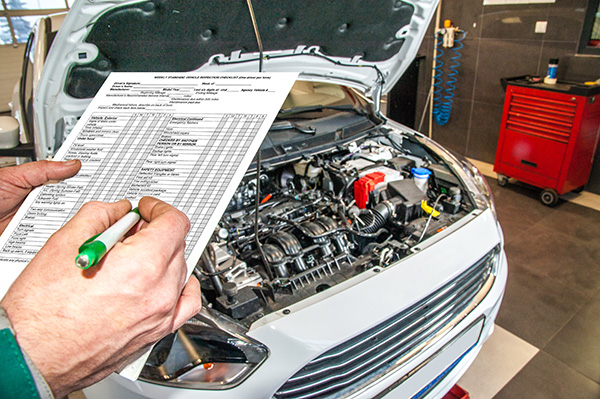
You've just bought your dream car, and it's time to hit the road. But before you get too carried away, there are a few important steps to ensure your new vehicle stays in mint condition. Post-purchase maintenance and inspection might not sound as thrilling as a road trip, but they are essential for keeping your car running. Wondering what you need to do? Keep reading to find out!
Initial Inspection
The first thing you should do after purchasing your used car is to conduct a comprehensive inspection. While the dealership or previous owner might have assured you of its condition, an independent inspection can provide extra peace of mind. This step helps identify any potential issues that might have been overlooked.
During this initial inspection, we check the engine, brakes, tires, fluid levels, and electrical systems. Ensuring these components are in good working order gives you confidence but sets a baseline for your car's future maintenance.
Fluid Checks and Changes
Fluids are critical to your vehicle's operation. Even though your car might have been serviced before the sale, it's wise to check the levels of oil, coolant, brake fluid, and transmission fluid. Sometimes, fluids can degrade or evaporate, especially if the car sat idle for a while before you bought it.
Changing the oil soon after purchase, typically after the first 1,000 miles, helps remove any debris from the engine and ensures fresh lubrication. Regular oil changes and routine checks of other fluids ensure your engine runs smoothly and reduce the risk of overheating or mechanical failures.
Tire Maintenance
Tires are a key component of your car's safety and performance. After purchasing your used vehicle, inspect the tires for any signs of wear or damage. Regularly check the tire pressure, as incorrect pressure can lead to uneven wear and impact your car's handling and fuel efficiency.
Rotating your tires every 5,000 to 7,500 miles promotes even wear and extends their lifespan. Additionally, aligning and balancing your tires ensures a smoother ride and reduces strain on the suspension system. Keeping an eye on tread depth is also important for maintaining good traction, especially in adverse weather conditions.
Brake Inspection
Brakes are arguably the most critical safety feature of your car. Even though your used car's brakes might seem fine, regular inspections are necessary. Pay attention to any unusual noises, such as squeaking or grinding, which could indicate worn brake pads or other issues.
Having your brakes inspected by a professional at least once a year, or more frequently if you drive in hilly or urban areas, ensures they remain effective. Replacing brake pads and servicing the braking system as needed helps maintain your car's stopping power and keeps you safe on the road.
Regular Maintenance Schedule
Following the manufacturer's recommended maintenance schedule is essential for keeping your used car in peak condition. This schedule, found in your owner's manual, outlines when to perform routine services like oil changes, tire rotations, brake inspections, and more.
Adhering to this schedule helps prevent breakdowns and keeps your warranty valid if one is included with your used car. Regular maintenance checks allow you to catch minor issues before they become major problems, saving you time and money in the long run.
Keep your used car running like new with expert post-purchase inspections and maintenance from Tom's Auto Center. Schedule your appointment today and let our skilled technicians ensure your vehicle's longevity and safety. Visit us now for top-quality service!